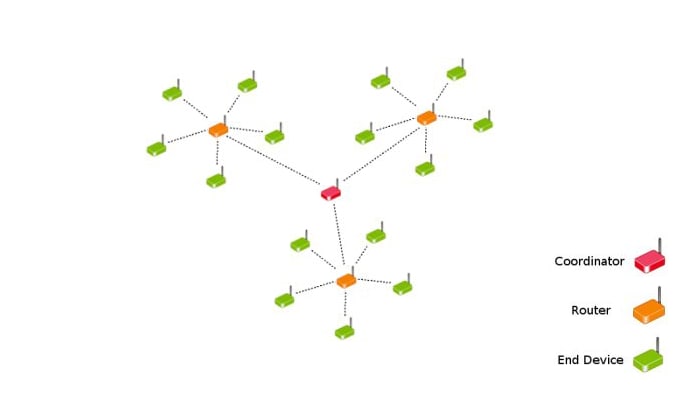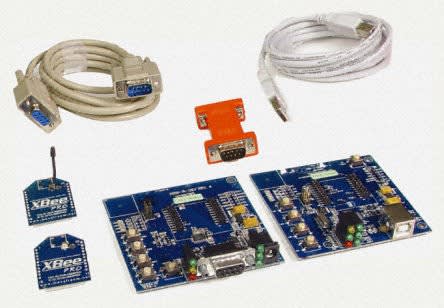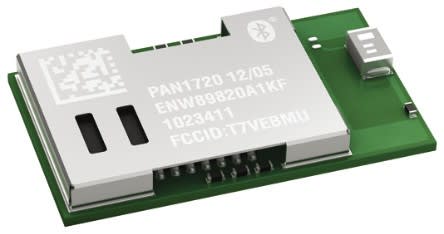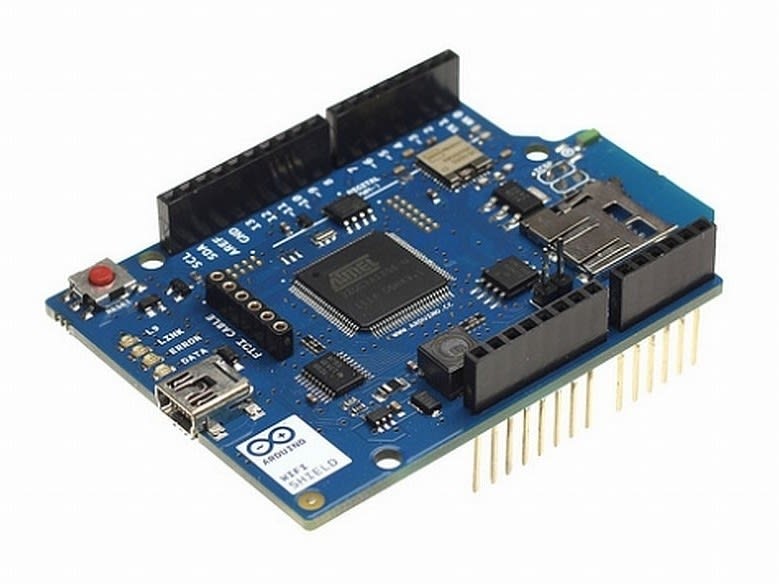How to Connect to the Internet of Things
Follow articleHow do you feel about this article? Help us to provide better content for you.
Thank you! Your feedback has been received.
There was a problem submitting your feedback, please try again later.
What do you think of this article?

There are many ways in which you can connect objects to the internet. We will break these down the with use of a thought experiment: the radioactive banana . It turns out most bananas are naturally radioactive. If you wanted to connect your banana to the internet to measure the level of radiation, perhaps map it on a histogram, share that data with others and turn a light on when the banana's level of radiation has dropped in an unusual way, these are the elements you need to consider and make choices around.
1. Sensor, chipsets & prototyping
Using a Geiger-Muller counter you then are faced with a choice of chipsets and ways to prototype such a system that will vary according to.
- how often you want to retrieve data
- how long it needs to be stored locally
- how often that data is sent out to the cloud
Some useful hardware platforms to use when prototyping include: Arduino
Open Source Hardware (111-3737)

Raspberry Pi
Small powerful computer and development board (832-6274)
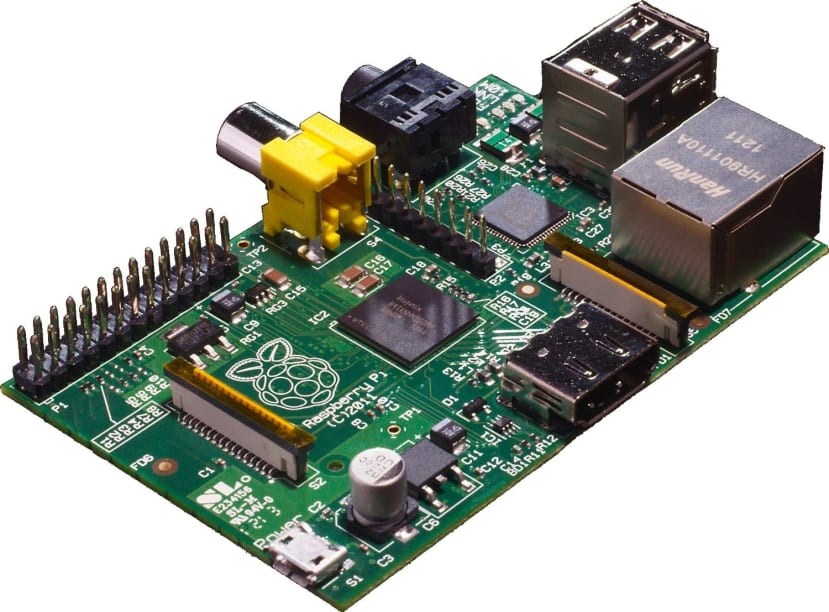
Mbed
Designed for fast, flexible and low-risk professional rapid prototyping (703-9238) .

Beaglebone
Single-board computers (125-2411) based on low-power Texas Instruments processors.

Atmel -Xpro
Prototyping platform (800-7598)
Sakura
Gadget Renesas SAKURA (122-9827) board (Arduino compatible) based on Renesas RX63N series 32-bit MCU.

2. Communication technologies
Once you have a prototype that connects your Geiger counter to the banana, you want to be able to send that data somewhere. There are lots of wireless communications technologies you can use at this stage.
+ Radio + TV Whitespace + Emerging IOT Networks - Sigfox, Neul + Bluetooth Low Energy + WiFi + Cellular
Radio
Using radio modules means you are using very cheap and established technologies that are used in many industrial and commercial applications. One of the things you do need to bear in mind is that there often needs to be a hub which connects your local data to the internet via a router.
Products such as Xbee for example is a way to create response mesh networks where a node can act as a receiver and a transmitter at the same time.
eRIC (043-6519) is an Integrated Controller from LPRS which provides encrypted over-air data transmission.
White Space
Part of the Television white space is being considered as ideal for internet of things products, it's called Weightless . Because of its use of publically accessible frequencies, there are no maker kits available at the moment, but watch SigFox & Neul as leading UK & European companies in this emerging field.
Bluetooth Low Energy (or BLE)
Bluetooth Low Energy is being lauded as the next big thing in the internet of things. Simply put it allows you to embed connectivity in small objects (often in shops and public places) and send out relevant information when a mobile phone opens their bluetooth connection and is in range. It is a wireless personal area network technology. Apple's use of the technology on its newer iPhones is referred to as iBeacon . Some of the chipset you can use to develop applications using it include: I2C Module CC2541 (left image)
Wifi
Wifi connectivity is often an obvious choice for most makers as they will build applications at home. If you're considering using wifi, do remember you need to plan for your project to register the network's ID and password. This can be done in many ways, Electric Imp for example use a mobile app and light . Others get users to go to a website, put in their network details and save a file which they upload to the hardware.
Arduino Wifi Shield
The Arduino has (769-7395) a wifi shield you can use to build wifi applications.
TI CC3000
This is a self-contained Wifi network processor. It reduces development time and manufacturing costs while also minimising the RF expertise required. It is a complete platform solution including software drivers, sample applications, API guide and user documentation. Check out their wiki for more info.
GSM/Cellular
Of course you could decide to connect your banana to the internet through the cellular network. As the consumer uses of 2G has declined, the prices have too and many M2M applications use GPRS or 2G connectivity for industrial applications. If you're a beginner to this, these are some of the products you might want to use.
SparqEE CELLv1.0 *Exclusive to the RS community*
A tiny Cellular development board that gives you Wireless Worldwide. RS now sell this after a successful Kickstarter campaign brought it to market. Raspberry Pi shield (830-3215) and Arduino shield (811-0723) .
Cloud services
Once you have chosen your communication technology and you're ready to send data to a cloud service, you can develop your own or there are many services available for you to use on a free or paid for basis. Matt Webb from BergCloud in the UK has been collecting the many companies out there.
Connecting to the web & building digital applications
Once you've developed your cloud service and you're switching lights on and off, you can decide to build a dashboard either online or on a mobile app which will give a user control over their data. In order to make that data then available to others, you can develop an API and structure your data in order to make it interoperable with other applications. Some researchers and industrial companies in the UK are working on offering such a "catalogue" called Hypercat.
And there you have it, if you do build a remotely-accessible banana, send your pictures and GitHub link to our twitter account.



